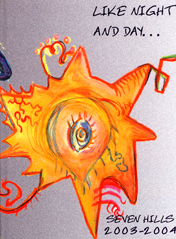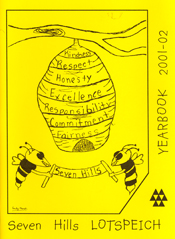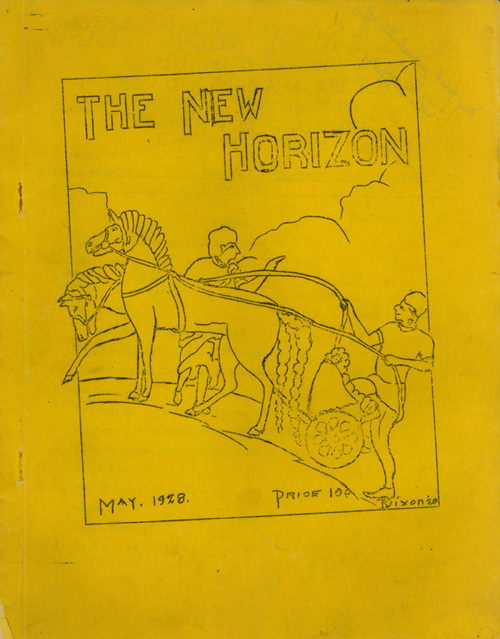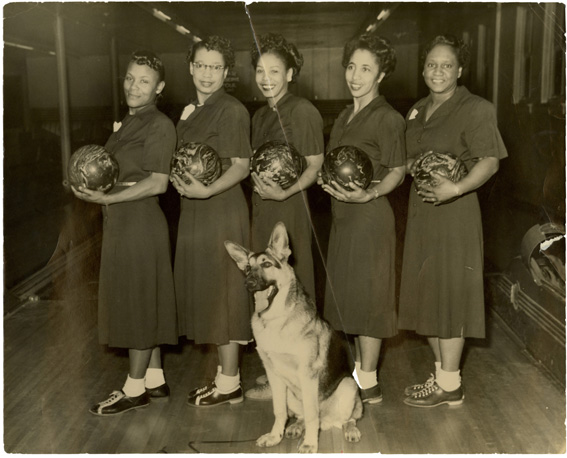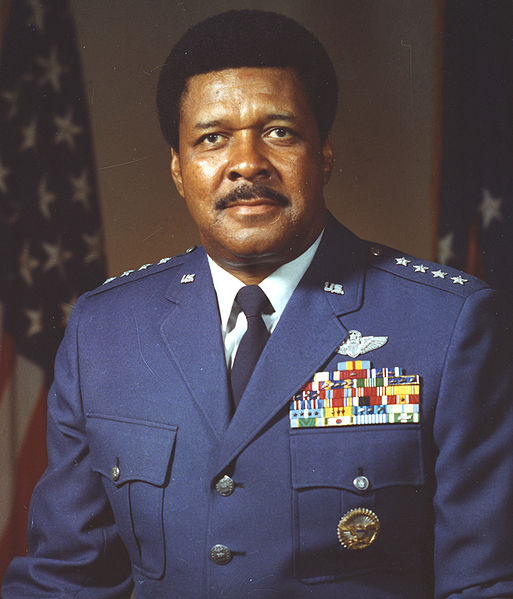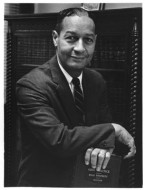 By Kevin Grace, UC Archivist and Head of the Archives and Rare Books Library
By Kevin Grace, UC Archivist and Head of the Archives and Rare Books Library
Theodore M. Berry (1905-2000) was a key figure in American civil rights in the 20th century, a man who marked his life with a formidable sense of justice. From the 1930s, when he graduated from the University of Cincinnati with bachelor’s and law degrees, until his death just before a new century, Berry worked tirelessly to promote racial harmony and served with distinction in President Lyndon Johnson’s programs for civil rights during the 1960s.
Three decades ago, Berry donated his papers to the University of Cincinnati where they are housed in the Archives and Rare Books Library.


